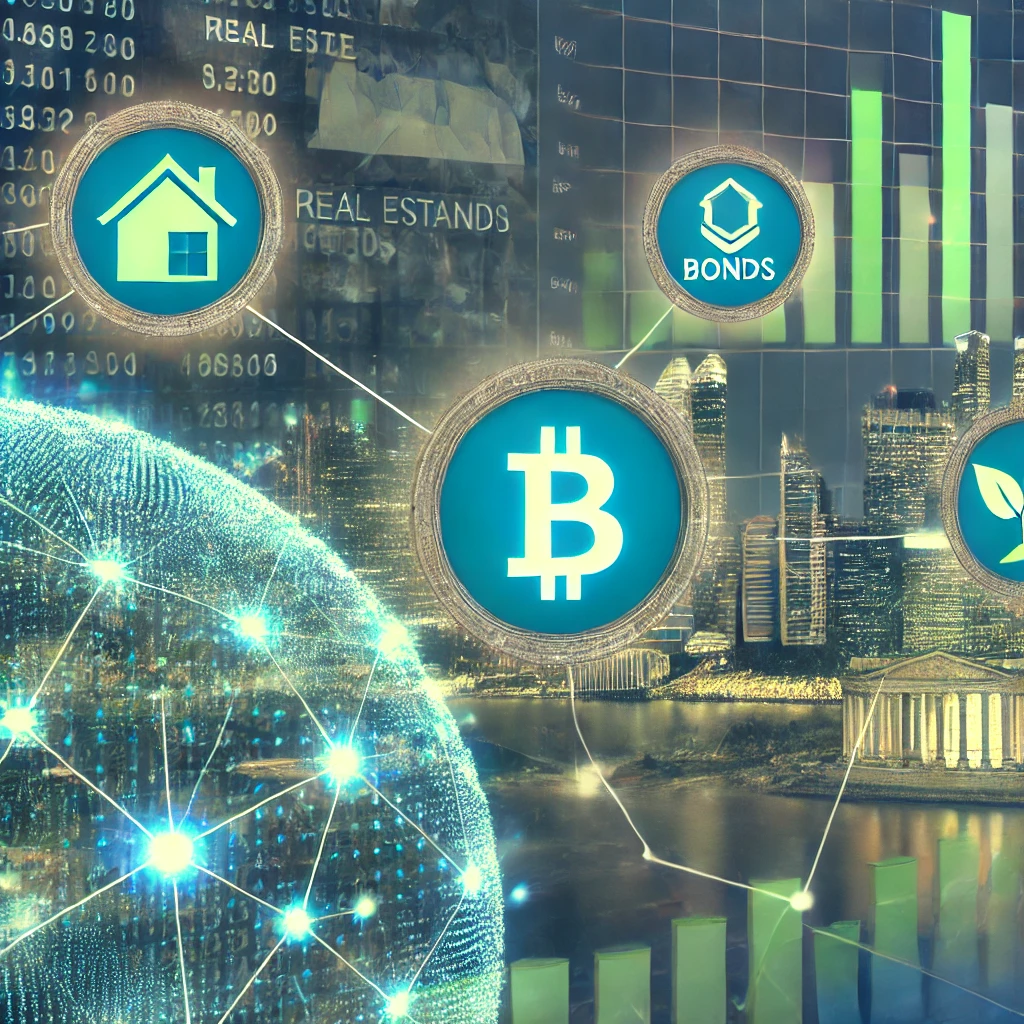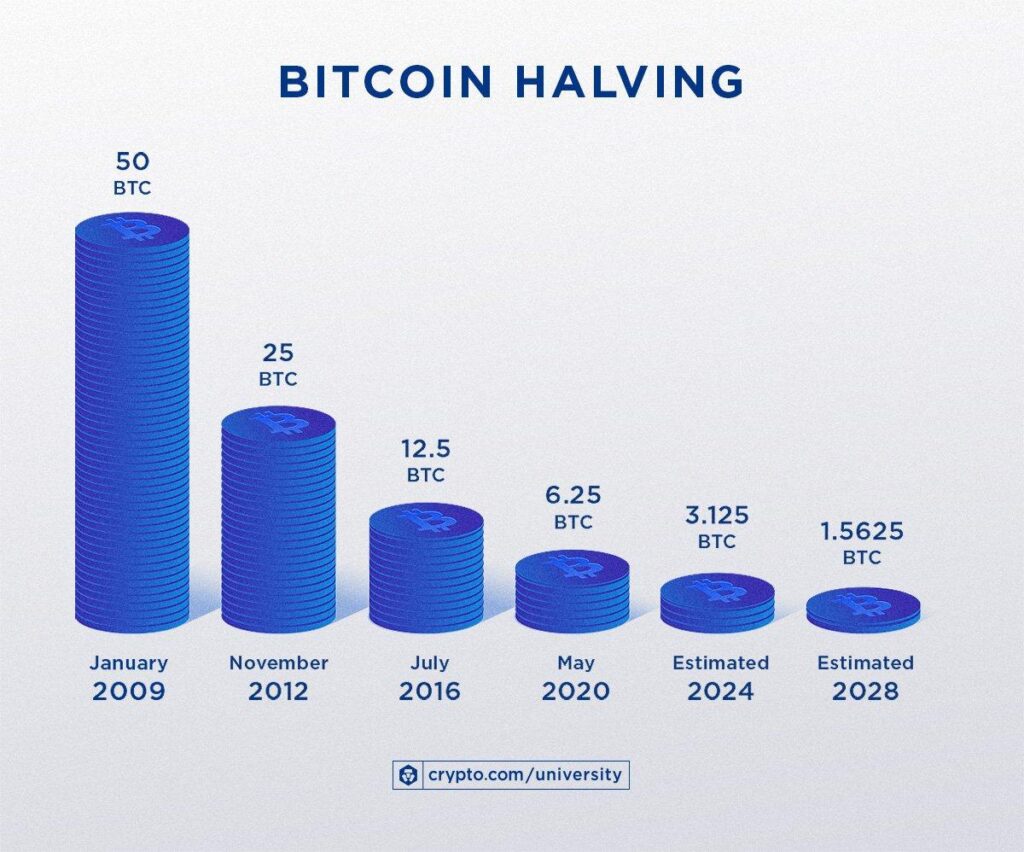In recent years, Goldman Sachs has been at the forefront of integrating blockchain technology into traditional financial systems. Their innovative approach to tokenization has led to the development of several groundbreaking projects. This blog post delves into three significant tokenization initiatives by Goldman Sachs, their potential impact on the crypto industry, and how they can shape the future of finance.
Introduction to Tokenization

Tokenization is the process of converting rights to an asset into a digital token on a blockchain. This can apply to physical assets like real estate, as well as financial instruments such as bonds. Tokenization offers numerous benefits, including improved transparency, enhanced liquidity, reduced transaction costs, and faster settlement times. By leveraging blockchain technology, tokenization can transform traditional asset management and open new avenues for investors.
Goldman Sachs’ Tokenization Projects
1. GS DAP™ Platform: Revolutionizing Bond Issuance
Overview of GS DAP™
Goldman Sachs’ Digital Asset Platform (GS DAP™) is a state-of-the-art tokenization platform developed in collaboration with Digital Asset. The platform uses Daml, a sophisticated smart contract language, to enable end-to-end digital lifecycle processing of tokenized assets. One of the most notable applications of GS DAP™ is in the bond market.
Inaugural Digital Bond Issuance
In a landmark event, Goldman Sachs facilitated the issuance of a €100 million digital bond for the European Investment Bank (EIB) using the GS DAP™ platform. This digital bond issuance showcased the platform’s ability to significantly reduce settlement times. Traditionally, bond issuance settlement can take up to five days (T+5). However, with GS DAP™, the settlement time was reduced to same-day (T+0) in under 60 seconds (Business Wire) (Ledger Insights).
Implications for the Financial Market
The ability to settle bond issuances instantaneously has profound implications for the financial markets. It increases the velocity of transactions, reduces counterparty risk, and enhances overall market efficiency. Moreover, the success of the EIB digital bond demonstrates the viability of blockchain technology in handling large-scale financial transactions, paving the way for broader adoption across the industry.
2. Tokenization of Real Assets: Bridging the Physical and Digital Worlds
Real Estate and Physical Assets
Goldman Sachs is also exploring the tokenization of real-world assets, including real estate and other physical assets. By converting these assets into digital tokens, the firm aims to make them more accessible and tradable on blockchain platforms (CoinDesk).
Benefits of Tokenizing Real Assets
Tokenizing real assets offers several key advantages:
- Enhanced Transparency: Blockchain technology provides a transparent ledger of all transactions, making it easier to track ownership and changes in asset status.
- Increased Liquidity: Tokenized assets can be traded on secondary markets, providing liquidity to traditionally illiquid assets like real estate.
- Fractional Ownership: Investors can purchase fractional shares of high-value assets, democratizing access to investment opportunities.
Case Study: Tokenized Real Estate
Imagine a high-value commercial property tokenized on a blockchain. Investors from around the world could buy and sell fractional shares of the property, providing liquidity and accessibility that was previously unattainable. This could lead to a more inclusive and efficient real estate market.
3. Tokenized Green Bonds: Financing Sustainability
Green Bond Issuance
In collaboration with the Hong Kong government, Goldman Sachs played a pivotal role in issuing a $100 million tokenized green bond under the Green Bond Programme. This bond was designed to finance environmentally friendly projects and was issued using Goldman Sachs’ tokenization protocol, GS DAP (Blockworks).
Impact on Sustainable Finance
Tokenized green bonds represent a significant step forward in sustainable finance. They combine the benefits of blockchain technology with the growing demand for environmentally responsible investments. By enhancing transparency and reducing issuance costs, tokenized green bonds can attract a wider range of investors and increase funding for green projects.
Advantages of Tokenized Green Bonds
- Transparency: Investors can track the use of proceeds and the environmental impact of their investments in real-time.
- Efficiency: Reduced issuance and settlement costs make it more feasible to issue smaller green bonds, expanding the market for sustainable investments.
- Accessibility: Tokenized bonds can be traded on digital platforms, making it easier for retail investors to participate in sustainable finance.
The Broader Impact on the Crypto Industry
Goldman Sachs’ tokenization projects are not just isolated innovations; they are part of a broader trend that is reshaping the financial landscape. Here’s how these projects can push the crypto industry forward:
1. Enhanced Market Efficiency
By reducing settlement times and transaction costs, tokenization can make financial markets more efficient. This increased efficiency can attract more participants, including institutional investors who have traditionally been wary of the crypto space due to concerns about liquidity and volatility.
2. Increased Adoption of Blockchain Technology
Successful implementations of tokenization by established financial institutions like Goldman Sachs validate the use of blockchain technology. This can encourage other institutions to explore blockchain applications, leading to greater adoption and innovation within the industry.
3. Democratization of Investment Opportunities
Tokenization can democratize access to investment opportunities by allowing fractional ownership of high-value assets. This opens up new investment avenues for retail investors and can lead to a more inclusive financial system.
4. Support for Sustainable Finance
Tokenized green bonds and other sustainable financial instruments can drive investment towards environmentally friendly projects. This aligns with the growing emphasis on ESG (Environmental, Social, and Governance) criteria in the investment community and can contribute to global sustainability efforts.
5. Improved Transparency and Trust
Blockchain’s inherent transparency can enhance trust in financial transactions. This is particularly important in a world where financial scandals and fraud have eroded public confidence in traditional financial institutions. By providing a transparent and immutable ledger, blockchain technology can restore trust and confidence in the financial system.
Challenges and Considerations
While the potential benefits of tokenization are substantial, there are also challenges and considerations that need to be addressed:
1. Regulatory Compliance
Navigating the complex regulatory landscape is one of the biggest challenges for tokenization projects. Different jurisdictions have varying regulations regarding digital assets, and compliance is crucial for the success of these projects. Goldman Sachs’ experience and expertise in regulatory matters can help pave the way for more streamlined and compliant tokenization processes.
2. Technological Integration
Integrating blockchain technology with existing financial systems can be complex and requires significant investment in infrastructure and expertise. However, the long-term benefits in terms of efficiency and cost savings can outweigh the initial challenges.
3. Security Concerns
The security of digital assets is paramount. Ensuring that tokenized assets are protected from cyber threats and fraud is critical for gaining the trust of investors and stakeholders. Robust security measures and protocols are essential for the success of tokenization projects.
4. Market Acceptance
Achieving widespread market acceptance for tokenized assets requires educating investors and stakeholders about the benefits and potential of blockchain technology. As more successful tokenization projects come to fruition, market acceptance is likely to increase.
Conclusion
Goldman Sachs’ tokenization projects represent a significant leap forward in the integration of blockchain technology into traditional financial systems. By enhancing market efficiency, increasing adoption of blockchain technology, democratizing investment opportunities, supporting sustainable finance, and improving transparency and trust, these projects have the potential to reshape the financial landscape and push the crypto industry forward.
As the world continues to embrace digital transformation, the successful implementation of tokenization projects by established financial institutions like Goldman Sachs can serve as a blueprint for others to follow. The future of finance is digital, and tokenization is at the heart of this transformation.
For more insights into the world of tokenization and blockchain technology, stay tuned to our blog. We will continue to explore the latest trends, innovations, and developments in the crypto industry.
Sources:
- Coindesk: Goldman Sachs Exploring Tokenization of Real Assets
- Business Wire: GS DAP™ Platform Goes Live
- Ledger Insights: Goldman Sachs’ Digital Asset Platform
- Blockworks: Asset Tokenization
By understanding and leveraging the potential of tokenization, we can unlock new opportunities and drive the future of finance towards a more efficient, transparent, and inclusive system.






